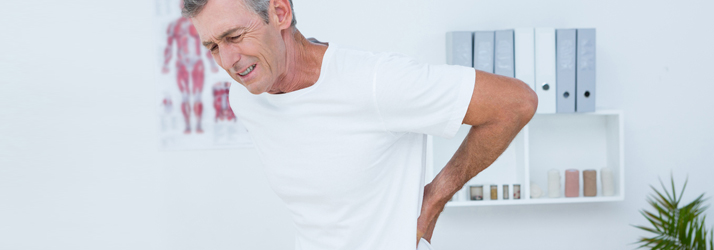Suffering from Scoliosis in Plano

We are an office that aids with the painful effects of scoliosis in Plano. For the most part, the condition starts as a small bend in the spine that slowly becomes more severe over time. It is diagnosed if the patient has a bend in their spine greater than ten degrees to the right or left. It should be a major health concern if the spine further bends to a greater degree.
Idiopathic scoliosis in Plano
When the bending of the spine is caught early and addressed with proper care these life-altering problems can be avoided. Most of the time, the cause of scoliosis is unknown. This is called idiopathic scoliosis. It is the most common type. It is grouped by age:
- In children age 3 and younger, it is called infantile scoliosis.
- In children age 4 through 10, it is called juvenile scoliosis.
- In children age 11 through 18, it is called adolescent scoliosis.
Scoliosis most often affects girls. Some people are more likely to have curving of the spine. Curving generally gets worse during a growth spurt as the body tries to adjust as it stretches.
Other types of scoliosis are:
- Congenital scoliosis: This type of scoliosis is present at birth. It occurs when the baby's ribs or spine bones do not form properly.
- Neuromuscular scoliosis: This type is caused by a nervous system problem that affects the muscles. Problems can include cerebral palsy, muscular dystrophy, spina bifida, and polio.
- Degenerative scoliosis: Adult scoliosis is a common condition that occurs later in life as the joints in the spine degenerate.
- Postural Scoliosis: Postural scoliosis may be a result of pain or injury, and is typically seen in acute onset patients where their body tilts or shifts sideways to alleviate pain.
HOW IS SCOLIOSIS IDENTIFIED?
Usually, scoliosis is first noticed by a parent or guardian of the person. They typically see that the pelvis and shoulders are not level. An examination by a professional will assess the gait of the person and access the curvature of the spine. The Adams Position Test is often used as it requires the patient to bend forward in order to observe an abnormality. If a diagnosis can still not be readily given, X-rays are used to understand the severity of scoliosis.
SCOLIOSIS TREATMENT
Our chiropractors are professionally trained to diagnose a patient with scoliosis. A detailed history and exam is performed to determine the possible cause of scoliosis. This is used to develop the correct treatment that will most efficiently and correctly address the complaint.
The initial management of a lot of scoliosis diagnoses is a what-and-see approach. This can be the correct course of action in some cases, but we believe a more proactive approach can help limit some of the effects and in some cases limit the possible progression of this condition. While reversing scoliosis is not an option in congenital or chronic cases limiting symptoms and improving function certain is, and this is where most of our treatment focuses.
The Tx Room offers non-invasive and safe treatment options for scoliosis and its associated symptoms. Call today for a diagnosis or examination that can be life-changing.
WHAT ARE THE CONSEQUENCES OF SCOLIOSIS?
Left unchecked, scoliosis can lead to long-term chronic pain in the back, neck, shoulders, and buttocks. There are many cases where scoliosis can lead to a plethora of recurring issues. One of the issues is sciatica which has been linked to patients with scoliosis. In worst-case scenarios, the capacity of the heart and lungs can decrease along with painful menstruation cycles and even physical disability.
For more information on specific conditions, you can call the office or reference the patient education page under the “patients” tab.
OFFICE HOURS
Monday
8:00am - 5:00pm
Tuesday
8:00am - 5:00pm
Wednesday
8:00am - 5:00pm
Thursday
8:00am - 5:00pm
Friday
8:00am - 2:30pm
Saturday & Sunday
Closed
The Tx Room
2845 Parkwood Blvd #200
Plano, TX 75093
TEXT OR CALL: (972) 781-2800
FAX: (469) 209-0313
frontdesk@thetxroom.com



